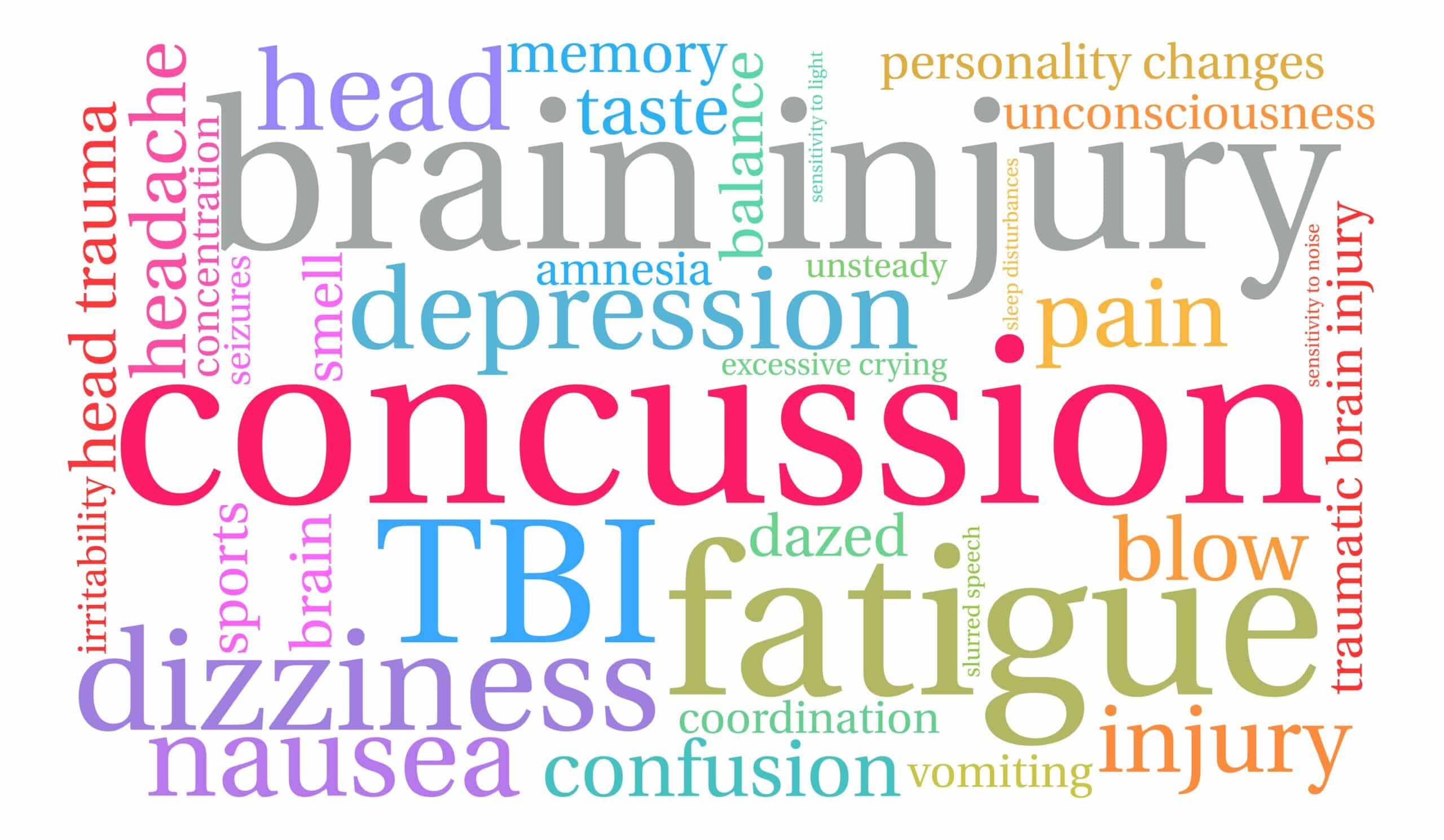The May 29th issue of the Proceedings of the National Academy of Sciences reported that fish caught off the California coast in 2011 by researchers from Stony Brook University in New York were contaminated with radioactive waste from the crippled Fukushima nuclear power facility. The radioactive isotopes cesium-137 and cesium-134 were found in blue fin tuna at levels ten times higher than in the years prior to the accident, roughly four months after the waste was released into the ocean. Seven months after the accident, Japan’s Fisheries Agency reported broad-spread radioactive contamination (up to 100 percent) in fish caught both in Japanese coastal waters and hundreds of miles away.
Problems with Radioactive Waste Predate Fukushima
Even before Fukushima, fish have been shown to carry radioactive waste from the nuclear industry. Tests of salmon from six British supermarkets revealed contamination by the radioactive isotope technetium-99, which has also been found in lobster and shellfish, and has been traced to Britain’s Sellafield nuclear reprocessing plant, even though the fish were raised hundreds of miles away.
According to James Waczewski of Florida State University, author of Legal, Political, and Scientific Response to Ocean Dumping, the United States has dumped an estimated 112,000 containers of long-lived radioactive nuclear waste into the Pacific and Atlantic oceans at 30 different sites. A U.S. Senate ruling has since imposed a moratorium on this practice, but nuclear power plants continue to discharge radioactive waste-water into the world’s oceans daily.
No Fish from the Ocean Is Protected
Because ionizing radiation from nuclear waste is a carcinogen, radioactivity in fish is a disturbing reality. Yet even without the Fukushima disaster, the world’s fish supply has become a dubious source of nutrition. Over the last decade, many Americans, coaxed by their doctors and by literature from public health organizations, have made the switch from red meat to fish, which they were told is both heart healthy and good for brain function. Since 2000, the American Heart Association has distributed dietary guidelines advising Americans to consume at least two servings of fish each week. Health books and magazines have advised readers that fish is not just healthy but may afford them a slimmer figure, greater intellectual prowess, reduced risk of heart disease, and even glowing and radiant skin, among other benefits. At least one popular author has advised readers to consume fish twice a day. Yet there is a growing body of evidence in the scientific literature that challenges this advice.
Although we seldom see the waste floating on the surface of the oceans, if we’re willing to test it, we find that sea life has become our proverbial “canary in the coal mine,” clearly revealing the hidden truth of all that has infiltrated the world’s oceans. Some bodies of water are vastly more polluted than others, but one toxin, mercury, permeates the world’s oceans to such a degree that no fish (and no one who eats fish) is protected.
Mercury in Fish
Mercury is a toxic substance that can devastate the nervous system, leading to lower intelligence and compromised fine motor skills. It can deform fetuses, damage the heart, and even lead to death. According to the Food and Drug Administration (FDA), mercury is ubiquitous in fish.
A Centers for Disease Control and Prevention study found that among women who had eaten three or more servings of fish in the prior 30 days, mercury levels were almost four times those of women who ate no fish.
One in six U.S. women now has so much mercury in her that her offspring are at risk of autism, blindness, mental retardation, and heart, liver, and kidney disease. The Environmental Protection Agency estimates 50 percent of women of childbearing age exceed the EPA’s “reference dose,” or guideline, for mercury intake, and 25 percent ingest 200 percent of the reference dose.
For children who are exposed to mercury in utero or in the early days of life, the compromised attention span, intelligence, and coordination are irreversible. Statistics from the EPA and the Centers for Disease Control and Prevention indicate that some 630,000 children are born annually with blood mercury levels sufficient for compromised brain function and heart damage simply because their moms ate fish.
No evidence exists to indicate that there’s a blood mercury threshold below which adverse neurological effects will not occur. Therefore, setting “acceptable levels” for exposure is a questionable policy.
Mercury Poisoning in People with Fish Diets
The FDA confirms that fish is the primary source through which Americans will be exposed to mercury; yet the FDA also advises consumers on its website that fish “contribute to heart health and children’s proper growth and development,” and suggests that “women and young children in particular should include fish or shellfish in their diets due to the many nutritional benefits.” It’s unclear how the FDA can reconcile its advice that says feeding children an undisputed neurotoxin at the most neurologically sensitive time in their lives contributes to “proper development,” and then in another paragraph cautions that mercury “can be harmful to your unborn baby and young child.”
Dr. Jane M. Hightower, a San Francisco physician based at California Pacific Medical Center, noted that many of her clients were including fish in their diets, frequently because of the reported health benefits, particularly for the heart. So she decided to test them for mercury poisoning. Of the patients she tested, 89 percent had mercury levels in their blood that were above the standard of 5 parts per billion (PPB) that is accepted by both the EPA and National Academy of Sciences. Specifically, 63 people had mercury levels in their blood twice that level; 19 patients had mercury levels four times that level; and four patients had mercury levels ten times the EPA level. One patient, a woman who had been suffering from various symptoms for years, was found to have blood mercury levels 15 times the EPA standard. One of the children in the study, who customarily ate two cans of tuna fish a week, had blood mercury levels of 13 PPB. The child had lost her ability to tie her shoes, had suffered diminished verbal skills, and had become lethargic. All of the patients included in the study were suffering from symptoms indicative of heavy-metal poisoning, including fatigue, headache, joint pain, failing memory, and poor concentration.
Is Fish Healthful for Your Heart?
Fish is promoted to consumers on the basis that it provides certain fish fats that are thought to be beneficial to the heart. Omega-3 fats can reduce the viscosity of blood and thereby, it is believed, reduce the risk of sudden clot formation. However, there is mounting evidence that the mercury found in fish actually damages the heart: It’s a powerful oxidant that competes with protective antioxidants, and thereby elevates the risk of heart attack. As an oxidant, it produces free radicals that can damage the artery walls.
The journal Circulation reported that in men with the highest levels of mercury in their bodies, there was a 60 percent increased risk of an acute coronary event (heart attack), and a 70 percent increased risk of death from a coronary event. Participants with the highest body mercury levels, as indicated by hair analysis, also had higher total and LDL cholesterol levels—two factors that predispose people to a risk of heart attack. Another study found that in individuals with established heart disease, the use of supplemental fish oils was of no benefit, and may even have increased the risk of arrhythmia (irregular heartbeat) in some individuals.
Yet another study to address this risk also found an elevated risk of heart damage from mercury. Commenting on this study, and on the presumed beneficial effects of omega-3 fatty acids, Belinda Linden, head of the British Heart Foundation, said, “This research confirms that this [benefit] can be counteracted by mercury which the fish accumulate.” In other words, the mercury cancels out any heart benefit that the fish oil might offer. Perhaps this is why the Finns, who are among the world’s largest per capita consumers of fish, also have one of the world’s highest rates of heart disease.
Moreover, through a different mechanism, the cardiac threat of mercury applies to the unborn. Harvard researchers have shown that cardiac irregularities may be established in the womb through damage to the brainstem, relegating children to a life of compromised heart function. So, children may be sentenced to lifetimes of heart trouble or developmental disabilities because their mothers thought they were doing something healthful by eating fish.
Catch of the Day?
Today, 750,000 miles of rivers and 13 million acres of lakes are heavily polluted with mercury, and 75 percent of fish from lakes and 55 percent of fish from reservoirs exceed the EPA’s mercury exposure limit for children and women. At least 23 states now have advisories cautioning citizens against eating fish from their lakes and rivers.
With the widespread contamination of mercury and the risk such exposure poses, it’s difficult to understand how any organization can in good conscience encourage the consumption of fish.
The next time you see the phrase “Catch of the Day” on a restaurant menu, just remember the EPA’s own fish advisory statement: “Eating fish containing chemical pollutants may cause birth defects, liver damage, cancer, and other serious health problems.”




